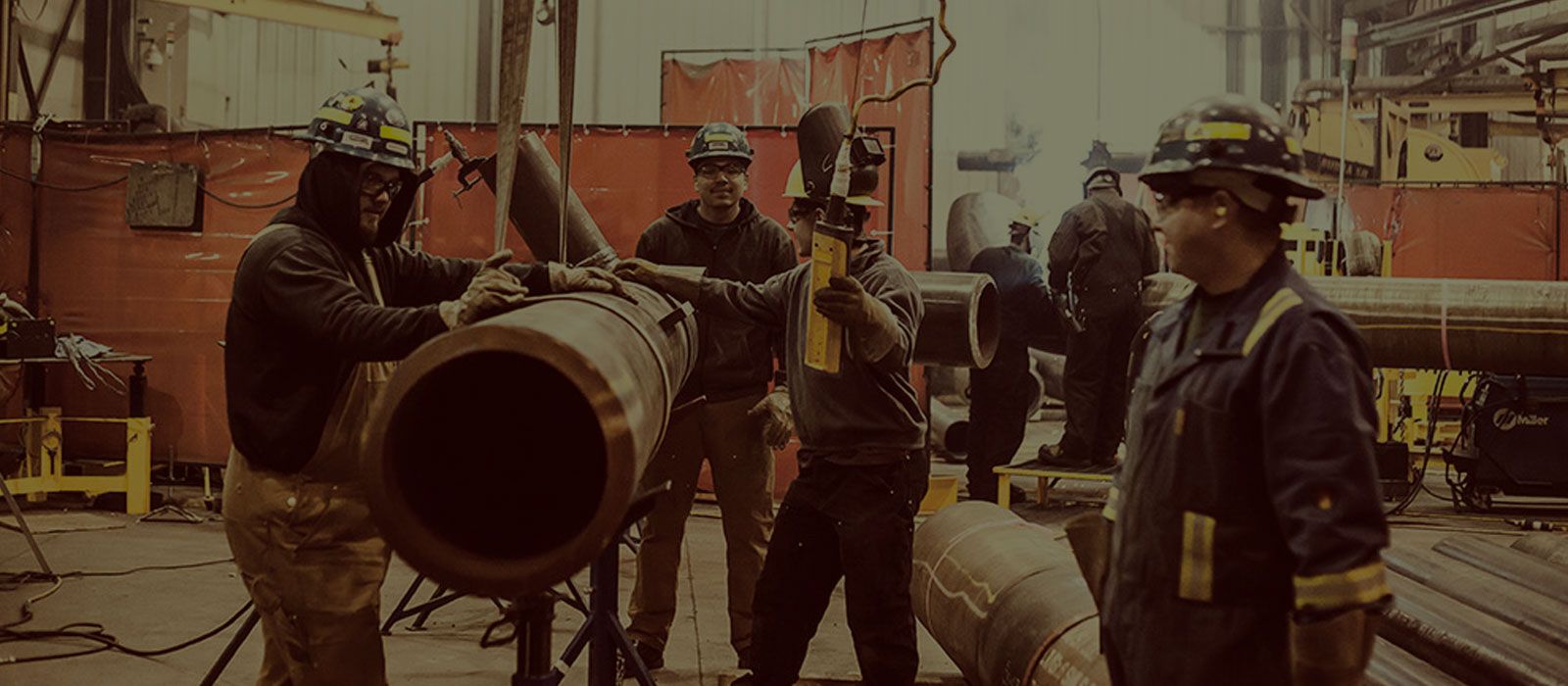
Enjoy the resources! You will find the video and transcription of the webinar below. You may download the presentation PDF on the right pane. This webinar was originally recorded on February 25, 2015.
Hosts:
Mike Parnell, Technical Director, ITI
Jonathan Parnell P.E., Project Manager, ITI
Guest Presenter: Sammy Munuswamy PhD, Sr Manager Global Engineering & Innovation, Manitowoc
The following includes questions from the webinar that were not able to be addressed on the air due to time constraints. All answers are from Sammy Munuswamy.
Q: What is the "D/d" efficiency?
A: Referring to the impact on fatigue for running ropes, recommended D:d ratio is dependent on target operating life. Standard limits across industry may run as low as 10:1, however in this application the existing sheaves were used for each crane test. From previous testing it has been shown that high performance synthetic ropes such as KZ™ 100 do not experience significant “instantaneous” strength loss from exposure to bends larger than 10x the diameter of the rope (static bend strength loss).
Q: Resistance to being cut by contacting some object inadvertently when under tension?
A: Due to the isotropic nature of the synthetic rope, damage due to unplanned contact with sharp objects while tension is applied is more significant than that of steel. Any such contact should therefore be avoided to ensure longevity of the product. In testing focused towards the rugged conditions of underground mining, Samson explored the impact of the un-recommended operation of synthetic ropes around sharp bends. In this study, 12-strand Dyneema® ropes coated similarly to the KZ™ 100 product were observed to survive for a few dozen cycles across 1/8” radius angle iron while loaded to 15% rope breaking strength, or 75% max permissible line pull at a typical 5:1 safety factor. While this testing does not prevent all the risk associated with cutting damage in-service, it shows the material’s ability to withstand the more typical “incidental” contact with rough surfaces sometimes found on job sites.
Q: What is the largest diameter/strength rope available?
A: For Manitowoc / Grove product lines, the largest size currently available is 28mm with a spec strength of 133,000lbs.
Q: Concerning the elongation of biber rope and wire rope being the same, the elastic modulus of fiber is approx half of steel so by definition the stretch is double?
A: This KZ™ 100 product utilizing high modulus fiber has comparable elastic elongation to steel wire ropes rather than being comparable to traditional nylon and polyester ropes. The specified elongation for this product at the max permissible line pull (20% rope strength based on 5:1 SF) is 1.3%. Operators interviewed following testing and field trials consistently indicated that the “stretch” in the line had no noticeable difference from steel wire in operation.
Q: Is Samson the supplier of the rope or Manitowoc in order to purchase it?
A: Manitowoc currently has exclusivity to sell this Samson product for use on Manitowoc/Grove cranes.
Q: What about UV-resistance?
A: The load bearing fiber in this product is relatively UV resistant compared to other synthetic fibers available. In addition, Samson has designed the applied coating specifically to improve upon the UV resistance of the product. Through all testing to date, it appears that the negative impacts of UV are not a limiting factor influencing the overall life expectations.